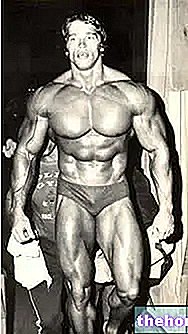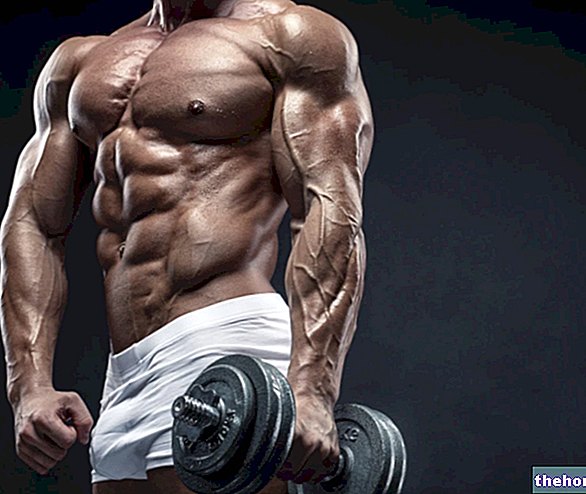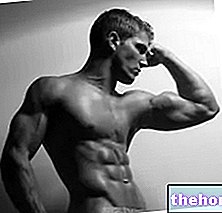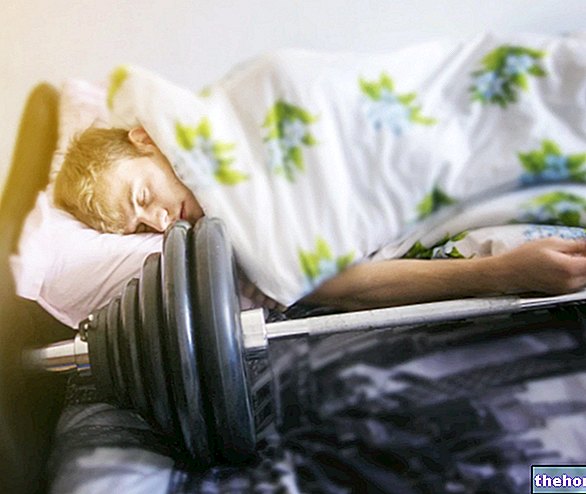Edited by Dr. Antonio Parolisi
Joint physiology considerations in elbow flexor exercises
" first part
A sensible alternative would be the use of the Scott bench, which places the shoulder in flexion and relaxes the tension in elongation of the heads of the biceps, in particular of the long head.
In fact, the Scott bench and the incline bench dumbbell curl have a completely opposite shoulder position! On the Scott bench the shoulder is in flexion while on the incline bench with dumbbells the shoulder is in extension.
Just remember the position of the arm in the two exercises: completely opposite !!!
This makes us understand that perhaps the Scott bench reduces the tension in the stretch on the biceps which are put in relaxation by the flexion of the shoulder. However, this exercise, even if it places greater emphasis on the brachialis and brachioradialis, considerably reduces the risk of compensating with the anteriorization of the shoulder and the increase in cervical lordosis. Ultimately it is safer for the lack of compensation described above.
For a profitable training of the elbow flexors in complete safety and without compensation, it would therefore be advisable to respect the joint physiology with reference to the retractions of the brachial biceps.
The ideal would be to definitely stretch the muscle in question and then move on to the Scott bench exercise with a load that does not excessively anteriorise the shoulder (remember that the brachial biceps muscle is biarticular so if the load is high it will act as a fixed point, flexing the muscle at its origin).
The choice of this exercise should not, however, be the perennial alternative but try to bring the subject in a position to be able to practice exercises for the elbow flexors according to the maximum range of motion. The goal, therefore, will be to enjoy an "adequate flexibility of the muscles in question, in order to be able to move on to exercises such as the barbell / dumbbell curl and then, when the flexibility is such as to allow a good excursion of the shoulder in extension, practice the curl on the 45 ° bench.
A point to specify is that the flexor muscles of the elbow work in synergy with the muscles of the back in the climbing movement (therefore in all traction exercises, pull-ups).
If we reflect on the movement of the arm we will notice that this, during the pull on the bar, goes into extension just like in the movement of the bench curl; in particular if you pay attention to the final movement of the traction (especially with the supine hands) and compare it with the curl with the dumbbells on the 45 ° bench they are practically identical.
So the Scott bench does not repeat the movement in the chain for the biceps as do the curls with the dumbbells at 45 °, but it avoids the compensation of the shoulder.
A global stretch of the arm chain should be the top priority in the case of retractions along the shoulder, elbow and hand muscles.
Therefore the choice of an exercise of the arms over another must be made according to the ability of that subject to operate in full freedom of movement throughout the ROM for that exercise.
Good arm training everyone






.jpg)





















